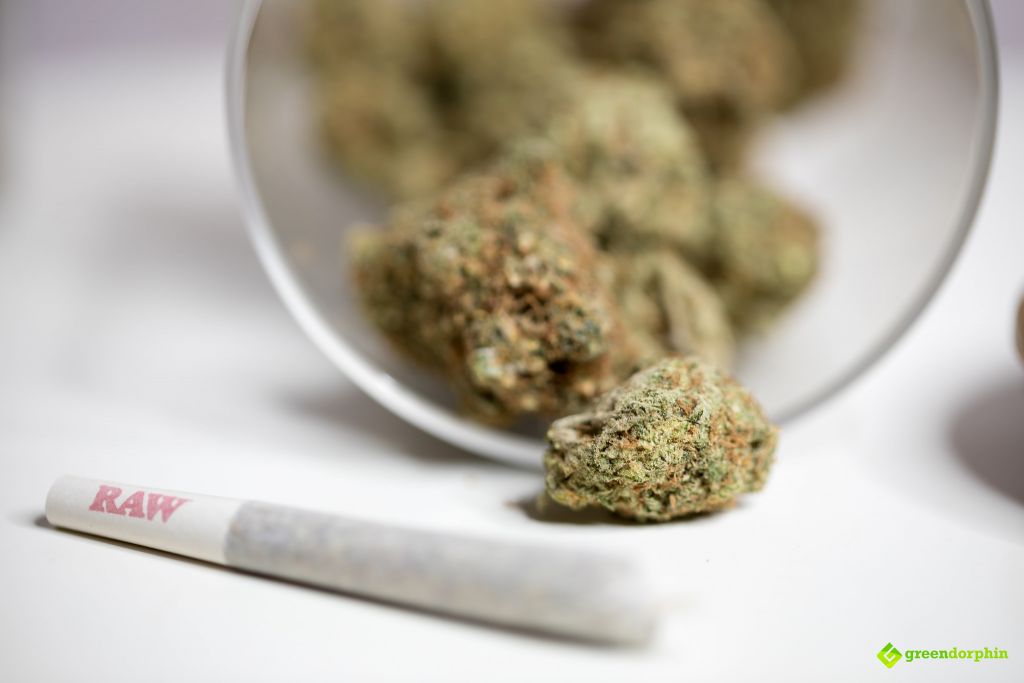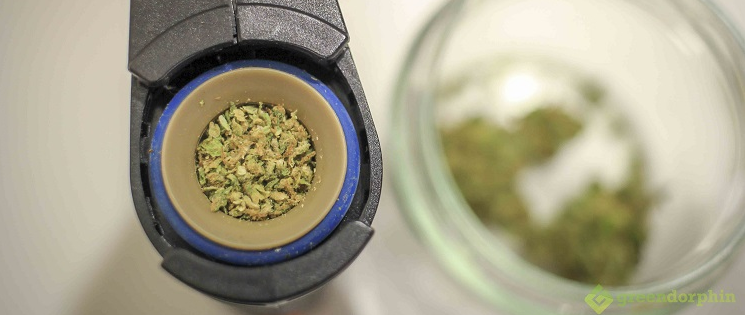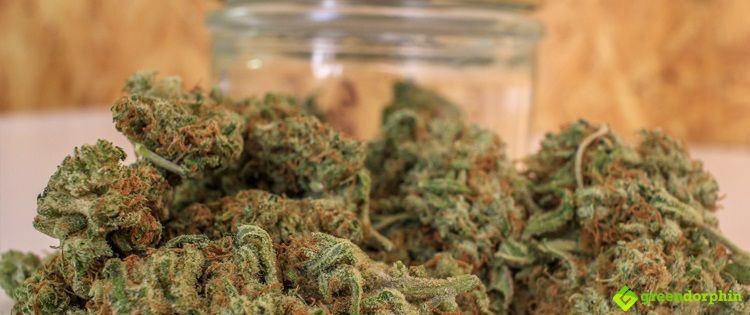We all heard that myth that marijuana kills brain cells and it was a big part of the argument of the anti-cannabis propaganda for decades.
These days, it is common knowledge that cannabis is actually a neuroprotector, it protects your brain cells and even reduces the risk of stroke.
Having said that, the myth is well established and it is still around. You still hear some people arguing that marijuana damages your brain, despite the overwhelming evidence from modern science proving the opposite.
The origin of the myth goes back to 1974, when controversial researcher, Dr Robert G. Heath conducted a government-funded research on six Rhesus monkeys at the Tulane University School of Medicine in New Orleans.
Heath recorded the brain waves of the monkeys before, during, and after they were exposed to marijuana smoke.

He found that the monkeys’ brain waves showed changes for as long as five days after such exposure and two of the monkeys suffered “structural alteration of cells in the septal region of the brain,”
Heath’s report was made public at a Senate subcommittee hearing investigating marijuana and health, and the results were interpreted as evidence that marijuana causes brain damage.
This is where the brain damage myth was born and got popularised by the anti-cannabis politicians.
The study was even picked up and quoted by Ronald Reagan, the California Governor at the time, as proof that cannabis use causes brain damage in humans.
“I now have absolute proof that smoking even one marijuana cigarette is equal in brain damage to being on Bikini Island during an H-Bomb blast.” – Regan was quoted saying after he learnt about the results of the research study.

What is not commonly known though, that Heath cut some corners with the execution of the research, literally suffocating the monkeys.
The monkeys were strapped into a chair with an airtight gas mask on their heads. They had no oxygen, only heavy cannabis smoke for five minutes.
The monkeys suffered brain damage due to being completely deprived of oxygen and exposed to smoke with carbon monoxide and carbon dioxide instead. The brain damage was the result of lack of oxygen.
Dr Julius Axelrod, whose work on the effects of drugs on the brain earned him the Nobel Prize in 1970, was asked to evaluate the Health study when it was made public for the Senate subcommittee hearing.
Dr Axelrod advised the senators that the amount of smoke administered to the monkeys was equivalent to a human being smoking over a hundred marijuana cigarettes each day for six months.

“The results indicate that marijuana causes an irreversible damage to the brain … but the amounts used are so large that one wonders whether it’s due to the large toxic amounts Dr Heath has given.”
Mr Health seemed to be driven to produce ‘impressive’ medical breakthroughs during his career and considered to be a ‘controversial figure’ not only for botching the monkey study.
His ethic standards were also questioned when he used electrical stimulation (implant electrodes deep into the brain with surgery and stimulate them with electricity) to try to cure patients of schizophrenia or use it as a ‘conversion therapy’ in a homosexual man.
The execution of the study was condemned by many other academics, such as Lester Grinspoon, who pointed out that the smoke would have been way too much even for humans, whereas Rhesus monkeys have a lot smaller (5 times smaller) lung capacity than humans.

The Heath study has been further discredited and myth busted by a pair of better controlled and much larger monkey studies.
One by Dr William Slikker of the National Center for Toxicological Research and another by Charles Rebert and Gordon Pryor of SRI International in California. Neither of these studies found any evidence of physical alteration in the brains of monkeys exposed to daily doses of marijuana.
Since then, science has discovered that cannabinoids act as neuro-protectors and actually protect brain cells.
If you have any thoughts to share on the topic of how cannabis protects brain cells let us know in the comments below!
- How to Use Waxmaid Honey Pen? - April 9, 2024
- How To Choose The Best Electric Dab Rig For Christmas - December 7, 2023
- Maintenance Matters: Keeping Your Glass Water Bong in Pristine Condition - October 9, 2023



Please provide a pdf of the actual published study.